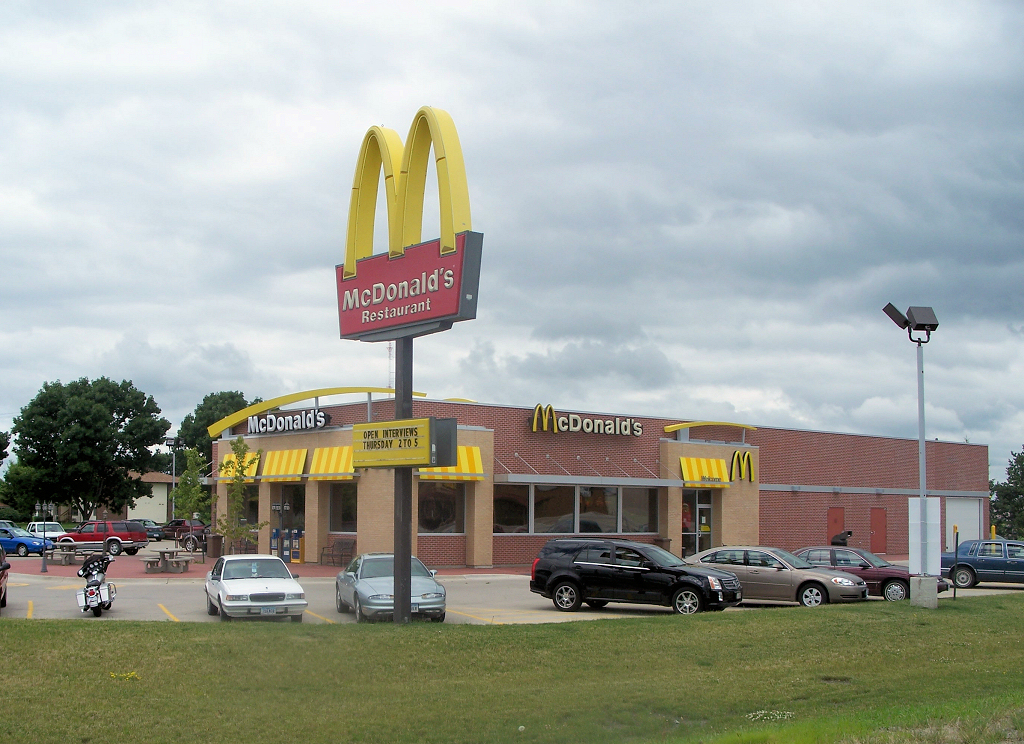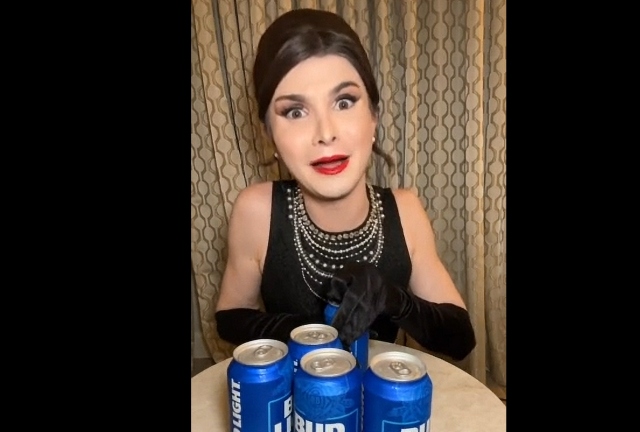
According to a recent study published in the INFORMS journal Marketing Science, certain weather conditions have a significant effect on how consumers respond after seeing an advertisement. For example, the study found that on sunny days, consumers respond to mobile promotions 73 percent faster and at a rate 1.2 times higher than they normally do. By contrast, response to mobile promotions during raining conditions was .9 times lower and 59 percent slower than the response to advertisements during cloudy weather.
Strangely enough, the consumer response to advertisements on cloudy days with isolated moments of sunshine was extremely positive. People were far more likely to interact with an ad when there were a few bursts of sunshine scattered throughout the day than they were when the weather was dark, gloomy and rainy.
Based on the results of this study, it's obvious that there is a positive correlation between nice weather and the frequency at which consumers interact with mobile advertisements. Sunshine makes people happy, and when they are happy, they are more likely to spend money. This is a trend that advertising companies and corporations are quickly catching onto, are taking advantage of right now, and will continue to take advantage of even more in the future.
“Obviously, although brand managers cannot control the mother-nature weather, our findings are non-trivial because they suggest that brands can leverage the relevant, local weather information in mobile promotions,” explained one of the study’s authors, Chenxi Li of Beihang University. “Firms should use the prevention-tone ad copy on rainy days and the simple neutral-tone ad copy on sunny days to attain greater bang for the buck.”
Another one of the study’s authors, Xueming Luo of Temple University, further explained the impact that their findings could have on the advertising world. “Given that consumers nowadays are inundated with and annoyed by irrelevant ads on their personal mobile devices and small screens, for marketers, these findings imply new opportunities of customer data analytics for more effective weather-based mobile targeting,” he said.
In order to carry out the study, which is officially titled “Sunny, Rainy, and Cloudy with a Chance of Mobile Promotion Effectiveness,” the authors recorded and analyzed the responses to advertisements from more than six million mobile users in 344 cities across China. At the same time, the authors recorded the daily and hourly weather conditions in these 344 cities, with a focus on sunny, cloudy and rainy weather.
While today advertisers are taking advantage of the weather to target consumers, tomorrow it may be something entirely different. Advancements in technology will allow businesses and corporations to show their products to more people in ways that were previously unimaginable. Perhaps our mobile devices will be able to tell us when we are low on laundry detergent, for example, and automatically recommend a brand for us to purchase. Or maybe advertisers will start to take advantage of the growing popularity of augmented reality or virtual reality and sell us their products that way.
While the future of advertising is still unknown, one thing we know for a fact is that there’s only going to be more of it in the years ahead.
Sources include:
Please contact us for more information.























